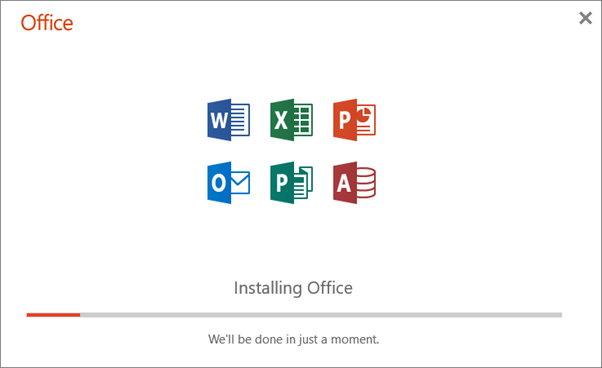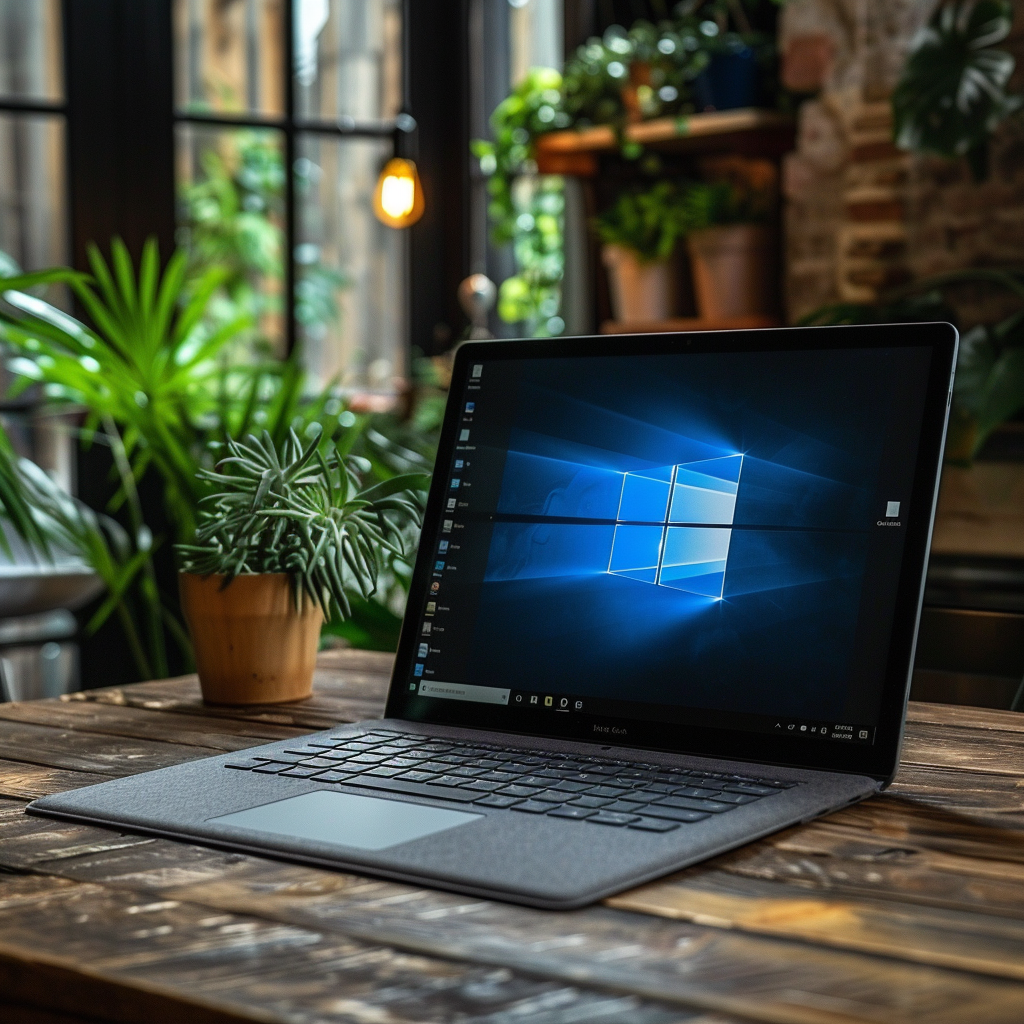Introduction
Microsoft Word is a widely used and powerful word processing software that allows you to create, edit, and format documents with ease. Whether you’re a student, professional, or just someone who needs to work with text documents, having Word on your laptop can be incredibly useful. In this tutorial, we’ll explore the various options available to get Microsoft Word on your laptop, catering to different budgets and preferences.
- Purchasing Microsoft Office Suite
- Buying a Retail Copy
- Where to purchase (online or physical stores)
You can purchase a retail copy of Microsoft Office, which includes Word, from various online retailers such as Amazon, Onebyonesoft, or directly from the Microsoft Store. Additionally, you can find retail copies at physical stores like Office Depot, Staples, or other computer retailers in your area.
- Pricing and different versions available
Microsoft Office is available in different versions, each with varying prices and features. The most common versions are Office Home & Student, Office Home & Business, and Office Professional. Prices can range from around $150 to $440, depending on the version and whether you opt for a one-time purchase or a subscription.
- Installation process
Once you’ve purchased a retail copy of Microsoft Office, you’ll receive a product key. Use this key to activate the software during the installation process. The installation process typically involves downloading the software from the Microsoft website or running the installation from a physical disc. Follow the on-screen instructions to complete the installation.
- Subscribing to Microsoft 365
- What is Microsoft 365?
Microsoft 365 (formerly known as Office 365) is a subscription-based service that provides access to the latest versions of Microsoft Office applications, including Word, Excel, PowerPoint, and more. It also includes additional features like cloud storage, online collaboration tools, and regular software updates.
- Subscription plans and pricing
Microsoft 365 offers various subscription plans for individuals and families, as well as businesses. For personal use, the Microsoft 365 Personal plan starts at around $70 per year, while the Microsoft 365 Family plan, which allows you to share the subscription with up to six people, costs around $100 per year.
- Benefits of a subscription (regular updates, cloud storage, etc.)
By subscribing to Microsoft 365, you’ll always have access to the latest versions of Microsoft Office applications, including Word. Additionally, you’ll get 1TB of cloud storage on OneDrive, the ability to install Office on multiple devices, and access to online collaboration tools like SharePoint and Teams.
- Signing up and installing Microsoft 365
To sign up for Microsoft 365, visit the Microsoft website and choose the plan that suits your needs. After completing the purchase, you’ll receive a product key or login credentials. Use these to install Microsoft 365 on your laptop by following the on-screen instructions.
- Free Options for Getting Microsoft Word
- Microsoft Word Online (Web-Based Version)
- Accessing Word Online through a web browser
Microsoft offers a web-based version of Word called Word Online, which you can access through a web browser like Google Chrome, Mozilla Firefox, or Microsoft Edge. Simply navigate to office.com and sign in with a free Microsoft account.
- Features and limitations of the online version
Word Online provides many of the essential features found in the desktop version of Word, such as formatting tools, spell check, and basic editing capabilities. However, it may have limited functionality compared to the full desktop version, especially for advanced features or working with complex documents.
- Saving and opening documents
With Word Online, you can create new documents or open existing Word files stored in your OneDrive cloud storage or on your local computer. Documents created or edited in Word Online are automatically saved to your OneDrive account, allowing you to access them from any device with an internet connection.
- Microsoft Office Web Apps
- 1. What are Office Web Apps?
Office Web Apps are lightweight, web-based versions of Microsoft Office applications, including Word, Excel, PowerPoint, and OneNote. They are designed to provide basic functionality for viewing and editing documents directly in a web browser.
- 2. Installing andusing Office Web Apps
To use Office Web Apps, you don’t need to install any software on your laptop. Simply visit office.com and sign in with a free Microsoft account. From there, you can access the Word Web App and other Office Web Apps.
- 3. Compatibility withdifferent file formats
Office Web Apps support various file formats, including Word documents (.docx, .doc), Excel spreadsheets (.xlsx, .xls), PowerPoint presentations (.pptx, .ppt), and more. However, certain advanced features or complex formatting may not be fully supported or displayed correctly.
III. Using Word on a Borrowed or School-Provided Laptop
- Checking for Pre-installed Microsoft Office
- Finding the installed version of Office
If you’re using a laptop provided by your school or workplace, Microsoft Office may already be pre-installed. To check if Word is installed, look for the Microsoft Office or Word icon in the Start menu or search for “Word” in the search bar. If Word is installed, you should be able to launch the application from there.
- Activating or deactivating the software
If Word is pre-installed but not activated, you may need to enter a product key or log in with your school or work account to activate the software. Alternatively, if you don’t have a valid license, you may need to deactivate Word or remove it from the laptop according to your organization’s policies.
- Using Office Through a School or Work Account
- Logging in with a school or work email
Many schools and workplaces provide Microsoft Office licenses to their students or employees. In this case, you’ll need to log in with your school or work email account to access and use Word on your laptop.
- Accessing Office applications through the account
After logging in with your school or work account, you should be able to install and access Microsoft Office applications, including Word, through a portal or software center provided by your institution or organization.
- Potential limitations and restrictions
When using Word through a school or work account, there may be certain limitations or restrictions imposed by your institution or organization. These could include restrictions on installing updates, accessing certain features, or sharing documents outside the organization.
- Compatibility and System Requirements
- Checking System Requirements
- Minimum hardware specifications
Before installing Microsoft Word on your laptop, it’s essential to ensure that your hardware meets the minimum system requirements. These requirements may vary depending on the version of Word you plan to install. Generally, you’ll need a reasonably modern processor, sufficient RAM (typically 4GB or more), and adequate storage space (at least 4GB for the installation).
- Operating system compatibility
Microsoft Word is compatible with various operating systems, including Windows 10, Windows 11, and certain versions of macOS. Check the specific system requirements for the version of Word you plan to install to ensure compatibility with your laptop’s operating system.
- Ensuring Compatibility with Other Software
- Potential conflicts with existing applications
In some cases, installing Microsoft Word or other Office applications may conflict with existing software on your laptop. These conflicts can occur due to shared libraries, file associations, or other software dependencies.
- Resolving compatibility issues
If you encounter compatibility issues, you may need to update or uninstall conflicting software, or seek guidance from Microsoft support or other online resources. In some cases, running the Office installer in a repair or compatibility mode can help resolve conflicts.
- Alternatives to Microsoft Word
- Open-Source Word Processors (e.g., LibreOffice Writer, Apache OpenOffice Writer)
- Introduction to open-source software
Open-source software refers to programs that are freely available and have publicly accessible source code. This allows for community-driven development, customization, and distribution of the software.
- Features and capabilities
Open-source word processors like LibreOffice Writer and Apache OpenOffice Writer offer many features similar to Microsoft Word, including text formatting, spell checking, and compatibility with various file formats. They may lack some advanced features found in Word but offer a viable alternative for basic word processing needs.
- Installation and usage
These open-source word processors can typically be downloaded and installed for free from their respective websites. The installation process is generally straightforward, and once installed, you can launch the application and start using it like any other word processor.
- Cloud-Based Word Processors (e.g., Google Docs, Zoho Writer)
- Benefits of cloud-based word processors
Cloud-based word processors, such as Google Docs and Zoho Writer, offer the convenience of accessing and editing documents from any device with an internet connection. They also promote collaboration by allowing multiple users to work on the same document simultaneously.
- Setting up and using cloud-based word processors
To use cloud-based word processors, you typically need to create a free account with the service provider (e.g., Google, Zoho). Once logged in, you can create new documents or import existing files and start editing them online.
- Collaboration and sharing features
One of the key advantages of cloud-based word processors is their collaboration and sharing capabilities. You can easily share documents with others and allow them to view, comment, or edit the document in real-time. These platforms also offer version control and revision history features.
Conclusion
In this tutorial, we’ve explored various options to get Microsoft Word on your laptop, ranging from purchasing a retail copy or subscribing to Microsoft 365 to utilizing free web-based solutions or leveraging school or work accounts. Additionally, we’ve discussed compatibility considerations, system requirements, and alternative open-source or cloud-based word processors.
Choosing the right option depends on your specific needs, budget, and preferences. If you require advanced features and offline access, purchasing a retail copy or subscribing to Microsoft 365 might be the best choice. However, if you primarily need basic word processing capabilities and online access, the free web-based options or alternatives like LibreOffice Writer or Google Docs could be suitable.
Regardless of your choice, having a word processing tool like Microsoft Word on your laptop can greatly enhance your productivity and make working with text documents more efficient. Take the time to explore the different options and select the one that best fits your requirements.
For more information or additional resources, you can visit the official Microsoft Word website, consult online forums, or seek guidance from technical support if needed.









 No products in the cart.
No products in the cart.